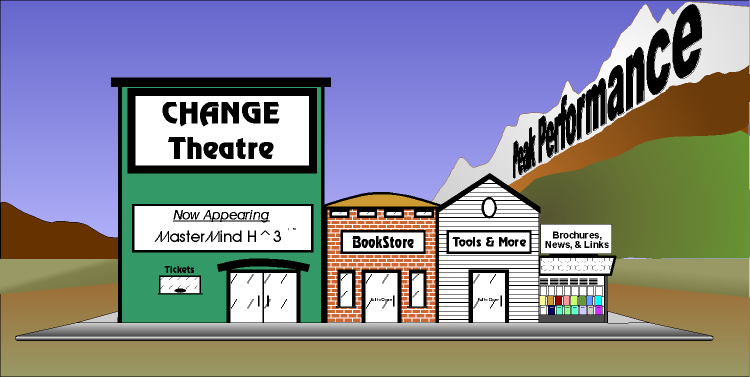Events and Eventrons™?
The whole Continuous Improvement Movement was based on Process
Improvement. The underlying premise was to turn all "Events"
into "Processes". An "Event", in the purist
sense of the word, is the change of an object from one location
to another within a given period of time.
Process improvement was based on analyzing snapshots and using
statistical tools to zero in on a prediction of how where, and
when an object would move given an optimal path. What threw a
monkey wrench into the initiatives were the NON-process issues.
Markets, people, ideas, globalization, shifting trends all interject
non-linear trajectories between the snapshots.
These are the smallest component events that can be defined.
They float everywhere throughout the universe, seemingly moving
about randomly in the background of our experience, waiting to
be observed. However, they can be manipulated once we understand
how the flow works and align ourselves – our feeling, thinking
and doing - with it. In fact the very nature of our survival depends
on sensing patterns within the overall event flow around us. Children
are great at doing this; as adults we have lost some of this ability
and must work to recapture it.
To get more precise, an event is the change of the position of
an object from one location to another in a specific period of
time. (P2-P1)/T = E where E is an Event P2 is the final position,
P1 is the initial position, and T is the specified time. That
is a pretty straightforward description. Now let's expand that
concept to look at several discrete motions occurring at discrete
intervals. In this case E(t)= SUM((P2(N)-P1(N))/T(N)) Thus we
can see that Event Streams can be viewed as sequential flows.
Although some events, like the motion of an atomic particle, seem
to us like an instantaneous occurrence, while the movement of
our solar system in the Milky Way Galaxy seem to occur over an
eternity, by our definition all events are the same. Yet the perspective
we choose will determine what we view.
Science attempts to create predictability based on the repetition
of events in a laboratory. The predictions are then applied in
a broader environment such as manufacturing. The scientist and
the manufacturer have different interests and priorities and thus
view the same event stream from different angles. And their focus
is different from that of the end user of the product they have
both helped to create.
An automobile, for example, is based on a number of principles
(gleaned from discrete events), which are interesting to a scientist
but not necessarily to a manufacturer, who is focused on the set
of discrete events that, when linked together, form the actual
assembled vehicle.
For the end user, on the other hand, the relevant sequence of
event flows begins at the instant he or she moves toward the vehicle,
opens the door, positions him or herself on the seat, closes the
door, inserts the key, and finally rotates the key to launch yet
another sequence of event chains. Any further activity the driver
performs requires the execution of definable event streams, through
all of which the structure of the automobile remains consistent
(as long as any possible deformational event streams in its assembly
have been avoided).
|
 Fundemental
Event Stream
Fundemental
Event Stream
